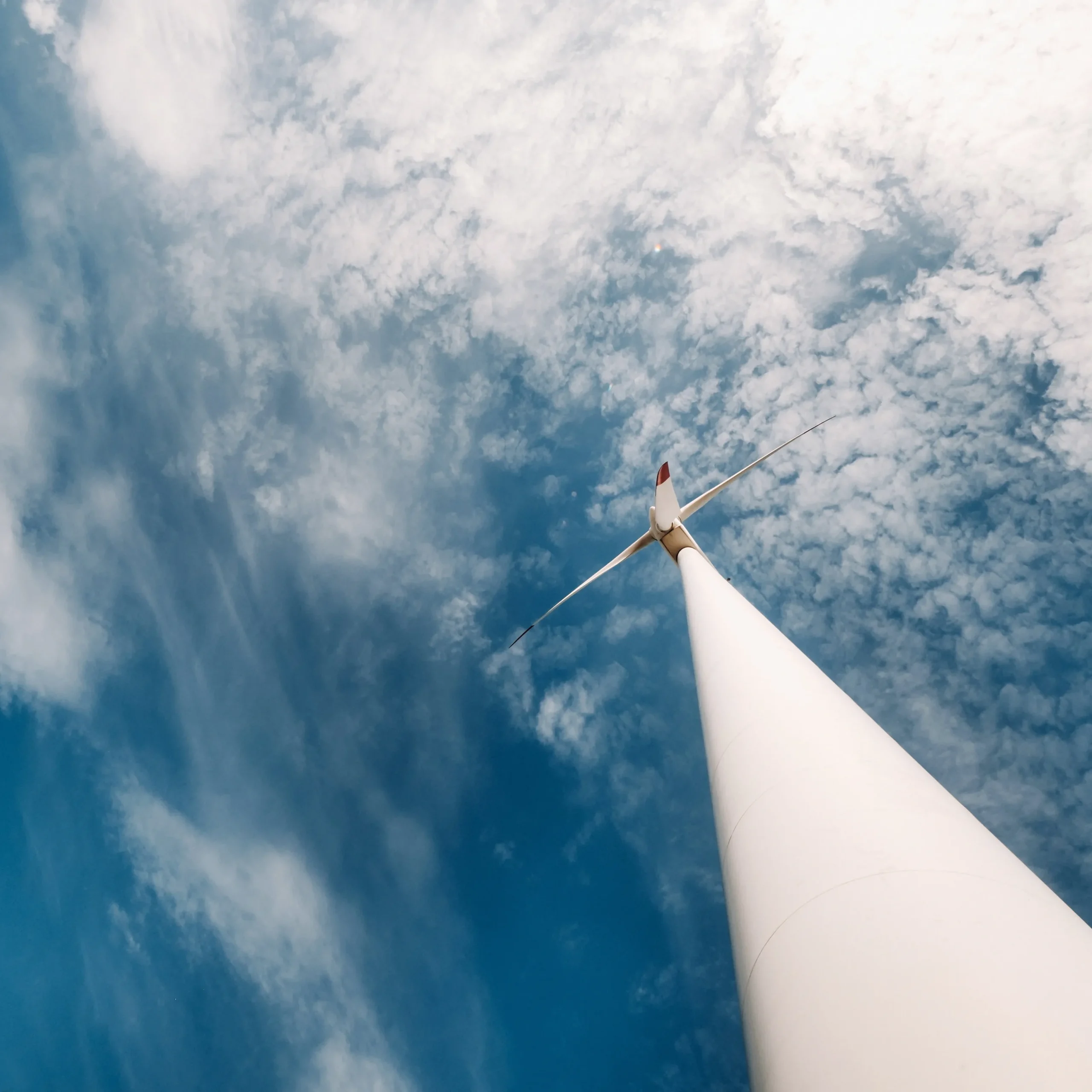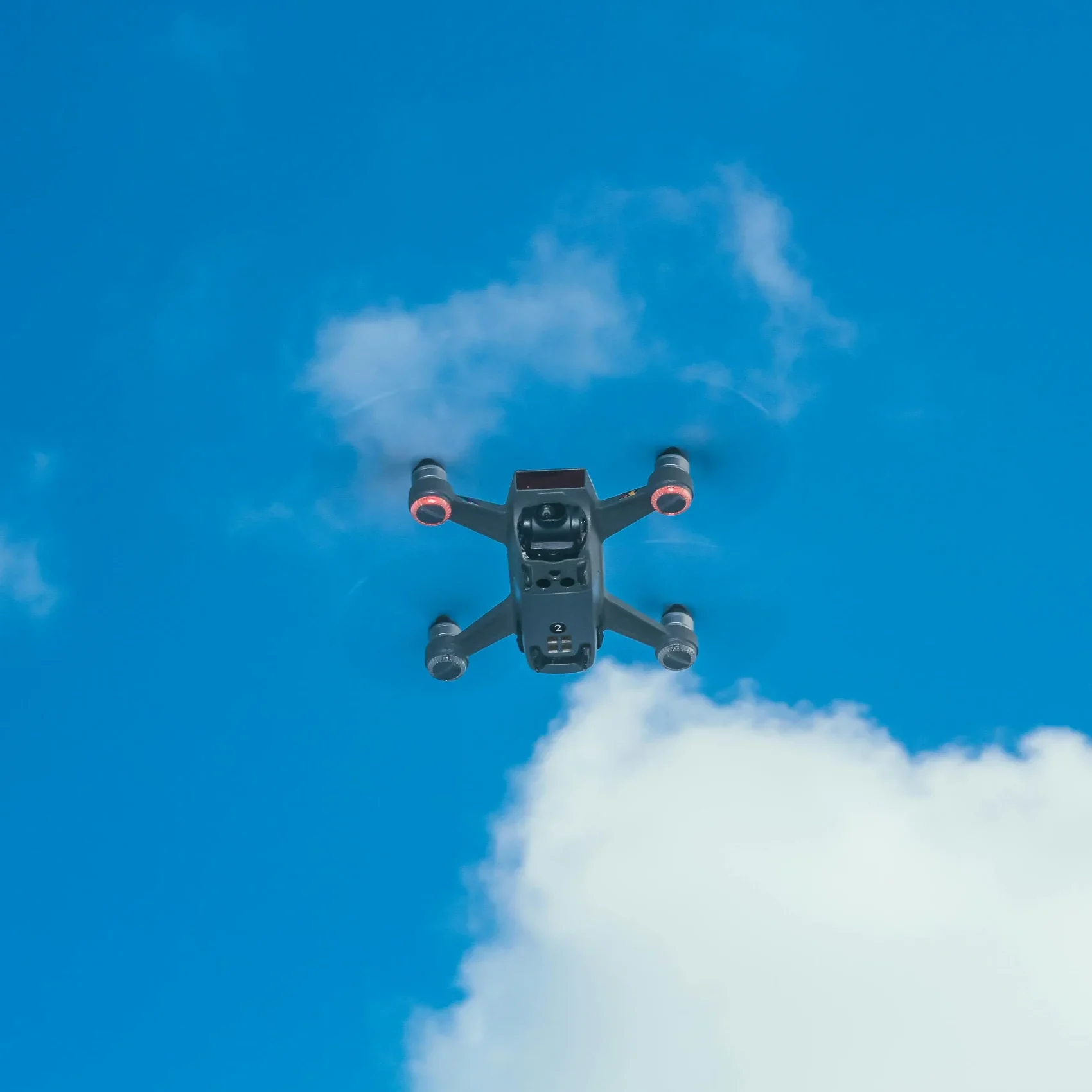The promise of precision agriculture drones is simple: fly higher, see deeper, act faster. Yet turning that promise into profitable reality demands imaging systems that capture huge scenes at high resolutions, extract actionable data in milliseconds, and survive dust, vibration, and heat. KAYA Vision answers that challenge with an ecosystem of computational imaging cameras and frame grabbers purpose-built for the sky.
Why computational imaging matters at 120 meters
Traditional RGB payloads only hint at crop stress. Modern agronomy calls for multispectral, hyperspectral, and thermal modalities that reveal chlorophyll concentration, water content, and early pest outbreaks. The downside is data volume. A single multispectral sweep can exceed 5 Gb/s, overwhelming legacy interfaces and storage pipelines. KAYA Vision solves the bandwidth bottleneck with PCIe and CoaXPress cameras able to stream dozens of megapixels per frame at up to 14-bit precision, ensuring subtle spectral signatures are never lost.
High-resolution scanning with Zinc 661 PCIe
The Zinc 661 PCIe camera is a powerhouse for aerial mapping. Its 134 MP Sony IMX661 sensor spans a 56.7 mm diagonal—ideal for large-format lenses that minimize ground-sample distance when the drone loiters at FAA-friendly altitudes. Thanks to native PCI Express Gen 3 output, Zinc 661 streams 8/10/12/14-bit data directly into an embedded GPU or FPGA inside the UAV, eliminating external frame grabbers and shaving critical grams off the airframe.
- 21.5 fps at 8-bit means a fixed-wing platform covering 500 ha/hour still enjoys 70 % forward overlap for photogrammetry.
- Global-shutter architecture freezes prop-wash vibrations, ensuring clear spectral stacks for NDVI, GNDVI, and Red-Edge analytics.
- Dynamic range >70 dB captures bright sandy soil and dark leaf canopies in one exposure, reducing revisit passes.
Because Zinc 661 offers a minimum 10 µs exposure time and active pixel-correction on-chip, agronomists can fly during noon when illumination peaks, keeping ISO low and signal-to-noise high. The result is cleaner vegetation indices and more reliable yield prediction.
Speed scouting with Iron 4600
Scouting missions sometimes value frame rate over sheer megapixels—think swarm drones tracking locust clouds or monitoring irrigation pivots in real time. The Iron 4600 responds with 100 fps at 8-bit from its 45 MP Gigapyx 4600 sensor. A CoaXPress 2.1 interface moves data over lightweight micro-BNC cabling at up to 12.5 Gb/s per lane, and four lanes can be aggregated when the drone acts as a relay node to the ground station.
- Rolling shutter is well suited because agricultural scenes rarely exhibit extreme motion; at 100 fps the modest platform sway produces negligible skew.
- Native dynamic range >90 dB handles sun-glint off irrigation canals without saturating the maize rows bordering them.
- Power consumption under 11 W keeps thermal loads low, critical when the enclosure is IP67-sealed against fertilizer dust.
Integrators can use Iron 4600’s on-camera ROI feature to crop stripes matching a boom sprayer’s swath, cutting data volume by 60 % while retaining geospatial fidelity.
From raw pixels to actionable agronomy
High frame rates only matter when they lead to faster decisions. KAYA Vision’s SDK and optional FPGA reference designs support real-time demosaicing, radiometric correction, and LUT-based vegetation-index computation—key elements of multispectral crop monitoring. By performing these steps on the sensor board or a PCIe endpoint inside the drone, the system can broadcast ready-to-ingest GeoTIFF tiles instead of raw binaries, trimming radio time and cloud-processing costs.
Farm-management platforms can then:
- Highlight nitrogen deficiencies before they manifest visually.
- Quantify canopy closure to fine-tune variable-rate seeding plans.
- Verify irrigation uniformity by correlating temperature gradients from a co-mounted thermal sensor with water-pressure logs.
Designing an agro-drone imaging stack
Successful deployments consider optics, mechanics, and data flow holistically. Here is a reference architecture using KAYA Vision components:
- Sensor module: Zinc 661 PCIe rigidly mounted on a carbon-fiber plate, coupled to an M72 lens with a band-pass filter wheel covering blue, green, red, red-edge, and NIR.
- Compute node: NVIDIA Jetson AGX Orin board accepting PCIe Gen 3 x8 direct from the camera. CUDA kernels implement NDVI, OSAVI, and machine-learning weed classifiers.
- Storage: 2 TB NVMe logging lossless-compressed frames for post-flight machine-learning retraining.
- Telemetry: 5G NR link down-sampling live metrics (e.g., percent chlorosis) at 2 fps to a tablet in the pickup truck.
- Power: Shared 6S Li-Po bus with DC-DC regulators providing a 24 V rail; total addition to the drone mass is 730 g—well within a 12 kg MTOW frame.
Swapping Zinc 661 for Iron 4600 drops mass by 50 g and slashes power draw from under 20 W to under 11 W, making it suitable for smaller quadcopters that hop between test plots.
Beating the elements
Agricultural flights face dust, moisture, and abrupt temperature swings. Both Zinc 661 PCIe and Iron 4600 offer optional IP67 housings, MIL-STD-810G shock/vibration compliance, and wide operating ranges down to −40 °C. Drones can therefore launch at dawn to capture dew-driven spectral differences without worrying about condensation crippling the sensor.
Workflow integration with open standards
GeniCam compliance means agronomists can script capture missions in Python using familiar libraries like HarvestToolkit or OpenCV. KAYA Vision’s SDK also exposes GPIO so the flight controller can sync shutter events with RTK timestamps, delivering centimeter-level georeferencing crucial for year-over-year trend analysis.
Economics: ROI beyond imagery
Growers adopting precision agriculture drones report fertilizer savings up to 18 % and yield increases of 5–15 % depending on crop type. The payback period for a Zinc 661 payload under 300 flight hours can be under one season for high-value specialty crops. Because KAYA Vision cameras support firmware upgrades, the platform stays relevant as new vegetation indices emerge or regulatory ceilings rise.
Pest detection in motion
Early pest infestations often manifest as tiny reflectance changes. Operating Iron 4600 at 100 fps enables video-rate scanning so machine-vision classifiers can spot moving insect swarms against the leaf background. Rapid revisit rates let pest-management teams intervene before the population explodes, avoiding broad-spectrum pesticide use and aligning with sustainable farming certifications.
Irrigation audits at scale
When a lightweight long-wave infrared module is co-mounted, the 12-bit visible-to-NIR imagery from Zinc 661 supplies high-resolution geometry onto which lower-resolution thermal pixels can be draped. The fused map reveals under-performing drip lines four rows deep, allowing crews to repair emitters the same morning rather than waiting for wilting symptoms visible to the naked eye.
Future-proof with CoaXPress over Fiber
Operators planning beyond 8K resolution can explore KAYA Vision’s CoaXPress-over-Fiber portfolio. The same FPGA codebase powering Iron 4600 migrates seamlessly, ensuring that tomorrow’s 300 MP sensor will plug into the existing flight computer when it arrives.
Key takeaways for integrators
- Select a sensor whose resolution balances ground-sample distance with flight endurance.
- Prioritize interface bandwidth to maintain raw bit depth essential for multispectral analytics.
- Exploit KAYA Vision’s on-camera processing and SDK tools to push decisions closer to the field edge.
- Design for ruggedness; IP67 protection and shock ratings mean fewer aborted missions.
- Leverage open standards so agronomic data flows effortlessly into existing farm-management platforms.
With KAYA Vision, multispectral crop monitoring ascends from experimental add-on to core farm machinery. The marriage of high-speed sensors, robust interfaces, and edge-ready processing equips precision agriculture drones to deliver the granular insights modern farming demands.



